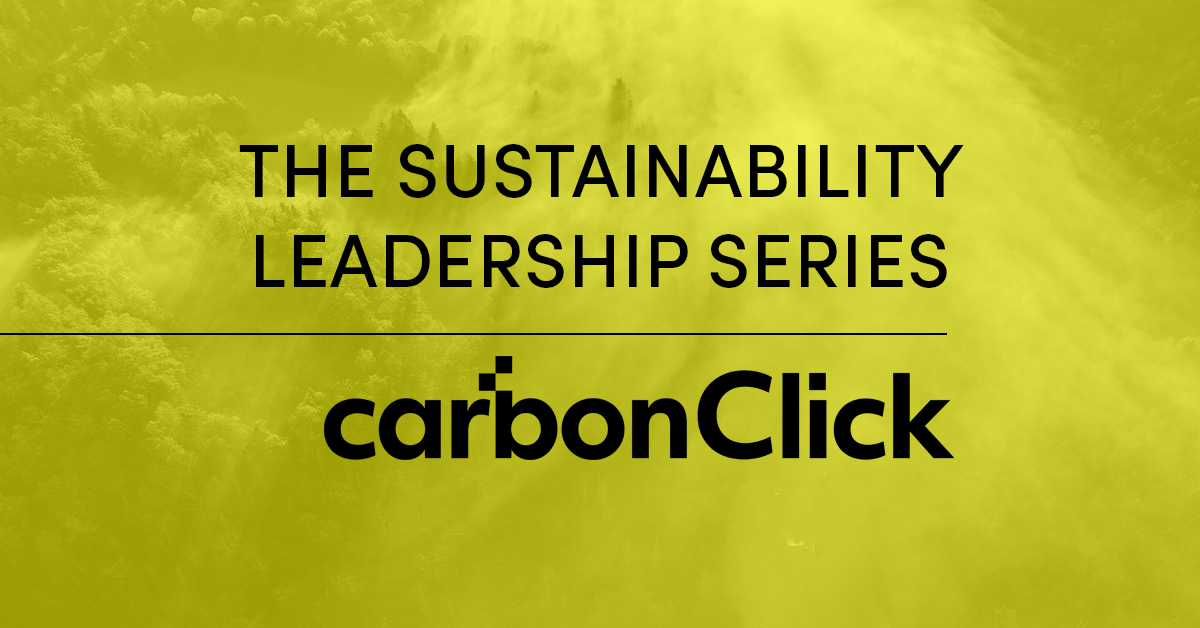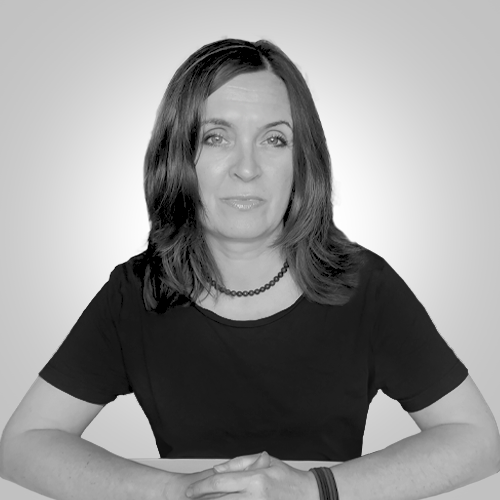Sustainability leadership: Making carbon offsetting credible
Jul 10, 2025 / By Melissa McClements
4 Min Read
Continuing our sustainability PR agency’s interview series with sustainability leaders from the technology, aviation, travel, tourism, retail and hospitality sectors, we talk to Dave Rouse, CEO of CarbonClick, a B-Corp on a mission to make carbon offsetting more trustworthy.
CarbonClick's Vision
“We don’t just want to make carbon offsetting simple, we want it to be meaningful,” explained Dave Rouse, CEO of New Zealand-based CarbonClick, about the controversy surrounding the buying of ‘carbon credits’ to compensate for the emissions created by a holiday, event or flight. Based around a proprietary technological platform that makes it easy for customers and businesses to offset their emissions, his business has been incredibly successful, partnering with the 2022 FIFA World Cup in Qatar and the 2024 COP29 United Nations climate conference in Azerbaijan, while focusing on making carbon offsetting credible.

A perception problem
In the last few years, the validity of the projects that carbon offsets fund has been repeatedly questioned. The media has published stories about Amazonian rainforest protection schemes that coincide with an increase in deforestation, as well as methane reduction projects on Chinese rice farms that do not reduce releases of the greenhouse gas from decomposing plants.
However, Rouse underlined that such projects are not representative of the sector as a whole and many carbon offsetting companies, including his own, prioritize integrity. “We have a problem in that there are really great projects out there, but they get tarred with the same brush as those shocking projects that don't really make a difference to our climate. I'm not sure how some of these credits get through, whether there's incompetence or even fraud in the assessment and auditing side of things,” he said.
Changing the narrative
Previously a co-founder of the ocean preservation charity SeaCleaners, Rouse understands why only 6% of airline passengers currently offset the carbon emissions of their flights. In fact, the image problem of carbon offsetting is why he became involved with CarbonClick in the first place. In 2017, entrepreneurs Jan Czaplicki and Paul Brady established the Auckland-headquartered business after developing the carbon offset program for a major international airline.
Rouse said, “They had a lot of customer feedback around why people who are environmentalists, like me, didn't offset their carbon footprint. It was primarily because they didn't trust the process or weren't sure how much money the airlines were making. It felt to them like a money-making add-on, after they’d already paid for their seat, rather than something genuine. I could see there was an opportunity to make it simple and transparent for travelers to support high-quality climate projects with truly positive impacts.
“From the start, our goal has been to change the narrative around carbon offsetting. By giving people confidence that when they click a button to do something positive for the planet, they can see exactly where their money is going and they can trust that those projects have been properly assessed.”
Seven-point check
What sets CarbonClick apart is its rigorous 7-Point Impact Check, which ensures that the environmental projects its carbon credits fund make positive and lasting changes for people and the planet. Crucially, the company ensures that they pay for impacts that would not have occurred otherwise, a concept known as ‘additionality’
“The main criterion we check is additionality. If a particular carbon credit hadn't been purchased, what would have happened? Would that forest still be growing? Would that solar panel system still be installed? Without carbon credit funding, would this project still exist? We must ask that question first,” explained Rouse.
“The next thing is permanence. Is this action a permanent or temporary removal of carbon? For example, when it comes to nature-based solutions, we won't invest in single- or monoculture reforestation, because not only does it do nothing for biodiversity, but it also poses a significantly higher fire risk. We want to fund dense rainforests populated by multiple species, as they are more resistant to wildfires and climate change in the long term. There are five additional checks, which include biodiversity, social impacts, unintended consequences and double counting, which occurs when the same emissions removal is claimed by more than one party.”
Rouse’s personal favorite environmental project is the Banks Peninsula Reforestation Project on New Zealand’s South Island, which is the regeneration of 190 hectares of land destroyed by tree felling and sheep farming. He loves its multiple, interconnected benefits, including the sequestration of carbon through tree planting and the protection of wildlife, such as increased stopping-off points for Royal Albatrosses on their migratory route around the Southern Ocean.
Scaling credibility
Going forward, the leadership team at CarbonClick is developing a market consolidation strategy, partnering with carbon calculators and carbon reporting businesses to enhance the credibility of offsetting. By ensuring that measurable impacts and transparency become the norm, they aim to build trust among consumers and businesses.
“Of course, carbon offsetting will always be a secondary process because we can't offset our way to net zero,” said Rouse. “Fundamentally, we all need to focus on decarbonization—but there will always be residual, ‘hard to remove’ emissions, and that's where offsetting comes in. That’s why we want to help shift the world's perception of it, so that the beneficial projects continue to expand and we can play our part in helping mitigate climate change.”
To learn how CarbonClick is rebuilding trust in carbon offsetting through transparency and rigorous impact checks, visit carbonclick.com. To learn more about our sustainability PR work with climate tech and environmental innovators, get in touch with us here.
Catch up on other interviews in our Sustainability Leadership Series:
 Using Cryptocurrency Technology for Climate Action – Meet the team at ClimateTrade, the blockchain-based marketplace reinventing how carbon credits are bought and sold.
Using Cryptocurrency Technology for Climate Action – Meet the team at ClimateTrade, the blockchain-based marketplace reinventing how carbon credits are bought and sold.
 Carbon is a Data Problem – Carbonfact is helping fashion brands measure what matters. Lidia Lüttin explains how better data is key to reducing industry emissions.
Carbon is a Data Problem – Carbonfact is helping fashion brands measure what matters. Lidia Lüttin explains how better data is key to reducing industry emissions.

Using AI to Stabilize the Grid – Meet the team at Flower, the Swedish cleantech firm optimizing battery storage to make renewable energy reliable across Europe.
Sign up for our insights on the convergence of business and PR







